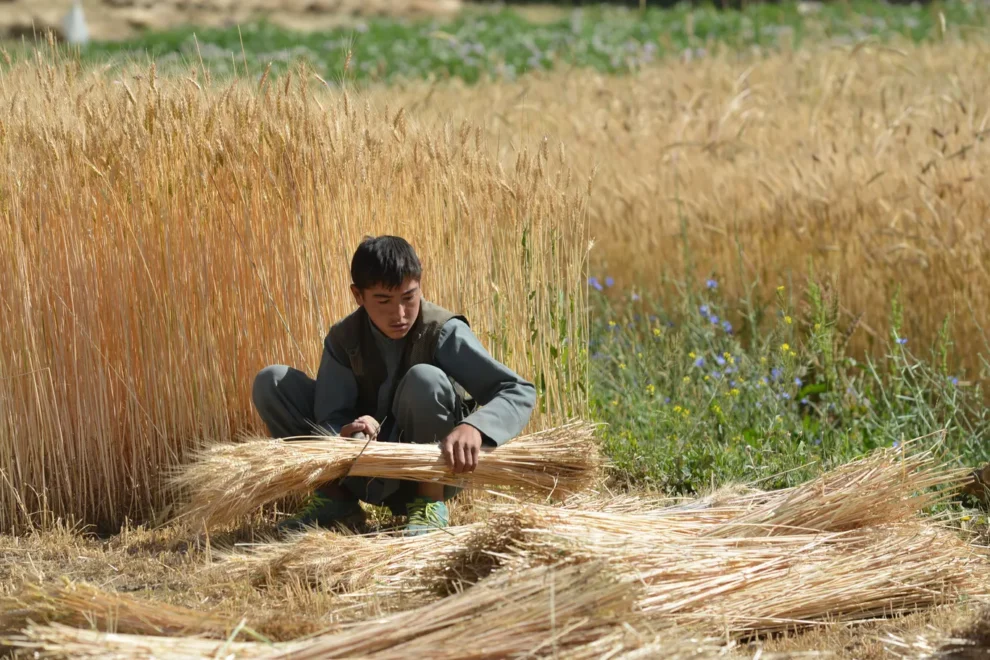A locust outbreak in Afghanistan threatens to exacerbate the country’s food crisis by potentially destroying up to a quarter of its annual wheat production this year, the UN warned this week.
The big picture: Decades of conflict, an economy in peril, prolonged drought conditions and other factors have left two-thirds of the country’s population in need of humanitarian assistance. Nearly 20 million people are facing severe hunger, including 6 million who are at risk of famine, according to the World Health Organization.
- The humanitarian crisis has worsened since the U.S. withdrew and the Taliban retook Afghanistan in 2021.
A senior UN Children’s Fund official cautioned on Thursday that lack of funding has hampered food aid efforts in Afghanistan.
- The UN’s Afghanistan humanitarian response plan for this year is only 7% funded.
- About 875,000 children will suffer from life-threatening acute malnutrition in the country this year, according to UNICEF’s chief of nutrition Melanie Galvin.
State of play: The Food and Agriculture Organization said on Wednesday the Moroccan locust, which is among the most economically damaging agricultural pests in the world, has been sighted at different development stages in eight of Afghanistan’s 34 provinces, primarily in the north and northeast.
- The organization said there have been “perfect” conditions for a locust outbreak this spring because of drought conditions, over-grazing, limited locust control efforts and moderate amounts of rainfall in March and April.
- If the current outbreak goes untreated, an even larger infestation could occur in 2024 that may cause even greater agricultural damage in Afghanistan and spread to neighboring countries.
By the numbers: It is estimated that a full outbreak this year could destroy 700,000 to 1.2 million metric tonnes of wheat.
- That amount would currently be worth between $280 million and $480 million, the FAO said, though wheat prices would likely increase if the insect significantly damaged production.
- The Moroccan locust doesn’t just threaten wheat crops, as it has been known to feed on more than 150 species of plants, including tree crops and pasture land.
What they’re saying: “It represents an enormous threat to farmers, communities and the entire country,” Richard Trenchard, FAO’s representative in Afghanistan, said in a statement.
- “The last two big outbreaks, 20 and 40 years ago, cost Afghanistan an estimated 8 and 25% of its total annual wheat production,” Trenchard added.
- “Harvest forecasts this year are the best we have seen for the last three years — but this outbreak threatens to destroy all these recent gains and dramatically worsen the food insecurity situation later this year and into next year.”
- People in affected provinces and Afghanistan’s Ministry of Agriculture have responded to infestations, but “their capacity to respond is heavily constrained by a lack of resources,” the representative said.
Source : AXIOS











